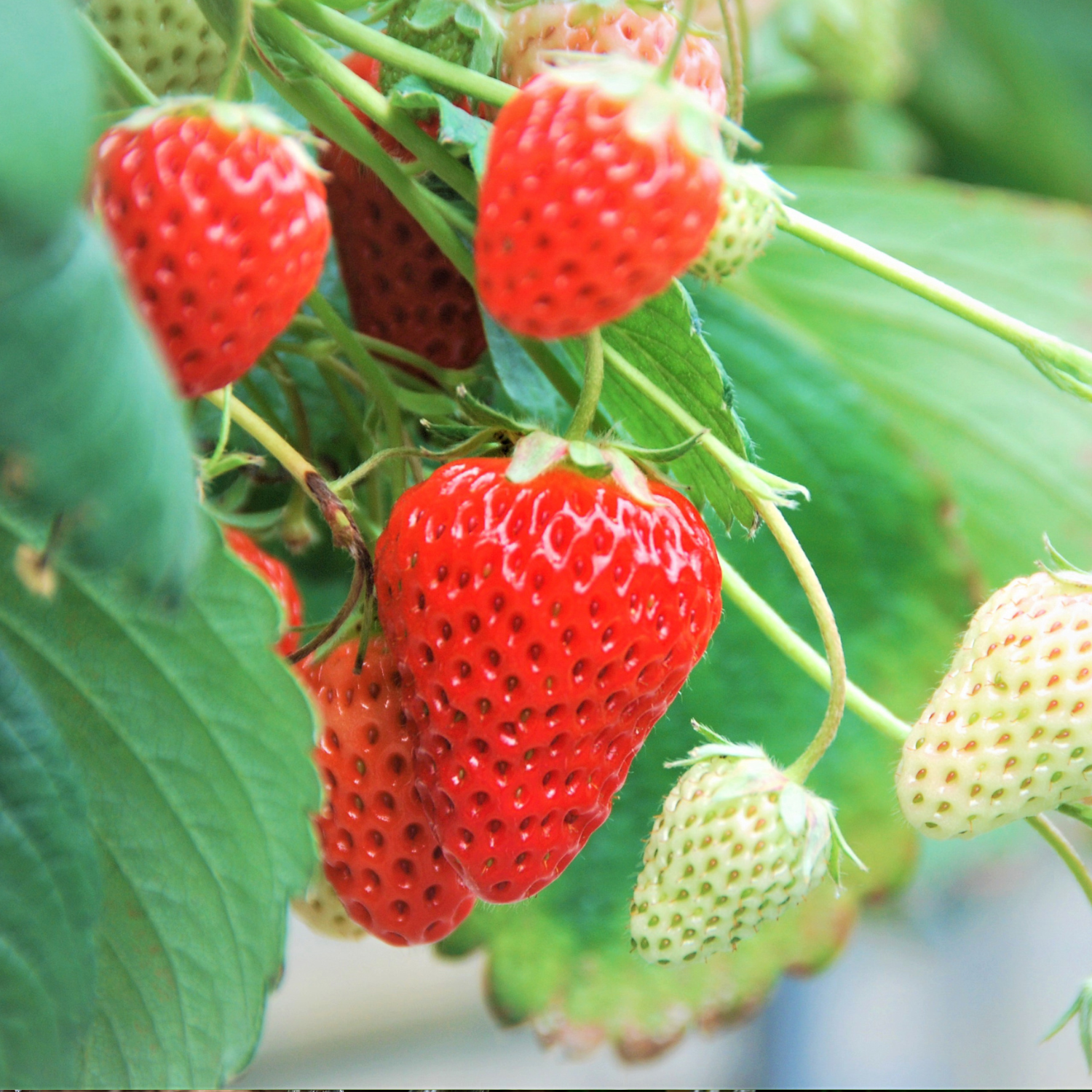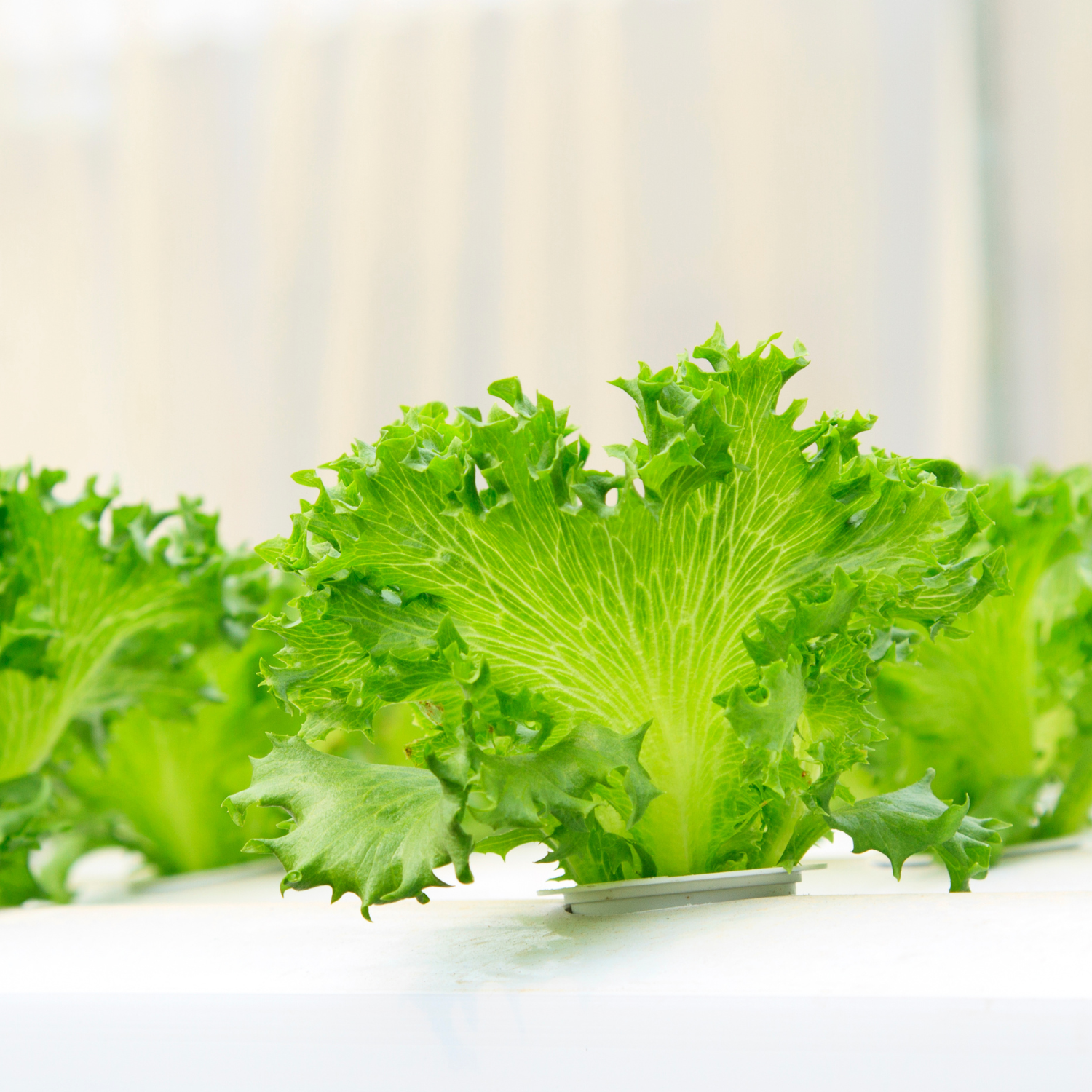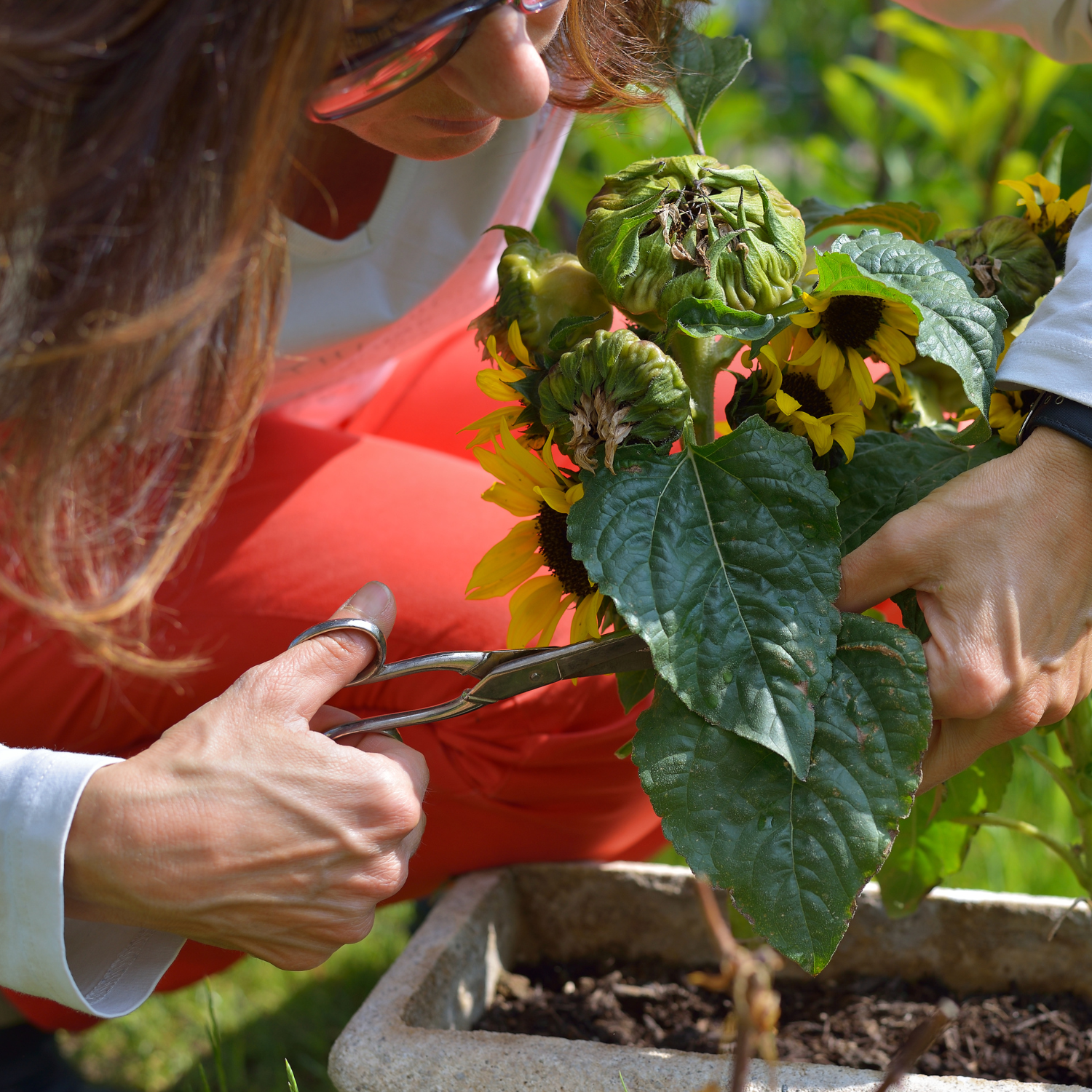Introduction
As the world's population continues to grow and the effects of climate change become increasingly apparent, it's becoming more important than ever to find sustainable and innovative ways to produce food. One of the most promising solutions is indoor farming, a practice that's gaining popularity around the world. Indoor farming involves growing crops using artificial light, temperature control, and other technologies in a controlled environment. In this blog post, we'll discuss why indoor farming is the future of agriculture.
Efficient Use of Resources
One of the biggest advantages of indoor farming is that it allows for an incredibly efficient use of resources. Since crops are grown in a controlled environment, there's no need for pesticides or herbicides, and water can be recycled and reused. Indoor farms also use significantly less land than traditional farms, making them ideal for urban areas where space is at a premium. Additionally, because indoor farms are not subject to weather or seasonal changes, they can produce crops year-round, providing a consistent supply of fresh produce.
Reduced Environmental Impact
Indoor farming has a much lower environmental impact than traditional farming methods. Since crops are grown indoors, there is no need for heavy machinery, which reduces greenhouse gas emissions. Additionally, since indoor farms are located close to the cities, the need for transportation is significantly reduced, which further reduces emissions. Indoor farms can also operate without the use of harmful chemicals or pesticides, which reduces the risk of soil and water pollution.
Increased Food Security
Indoor farming has the potential to significantly increase food security, especially in urban areas where fresh produce can be hard to come by. By growing crops indoors, farmers can produce fresh, healthy food year-round, regardless of the season or weather conditions. Indoor farms can be located close to the communities they serve, reducing the need for transportation and ensuring that fresh produce is readily available. This is particularly important in areas where access to fresh produce is limited, such as food deserts.
Conclusion
Indoor farming represents a promising solution to many of the challenges facing agriculture today. By using resources more efficiently, reducing environmental impact, and increasing food security, indoor farming has the potential to revolutionize the way we produce and consume food. As technology continues to improve, we can expect to see even more innovative indoor farming solutions in the future.





Leave a comment
This site is protected by hCaptcha and the hCaptcha Privacy Policy and Terms of Service apply.